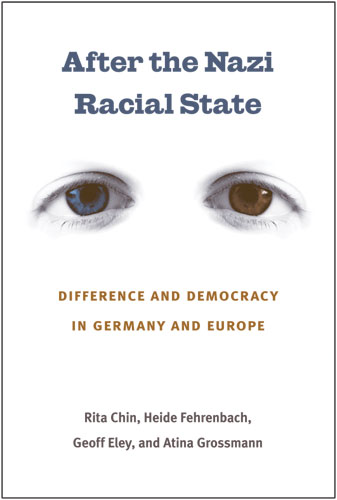When Jim Crow Met John Bull: Black American Soldiers in World War II BritainPosted in Books, History, Media Archive, Monographs, United Kingdom on 2013-08-19 04:46Z by Steven |
When Jim Crow Met John Bull: Black American Soldiers in World War II Britain
I. B. Tauris & Co Ltd.
1987
300 pages
220 x 140cm
Hardback ISBN: 9781850430391
Graham Smith
An important chapter in the history of World War II is here explored for the first-time—how the arrival of the black troops strained war-time Anglo-American relations, upset elements of the British political and military establishments and brought Britons face to face with social and sexual issues they had never faced before. This book, drawing on previously unpublished new material, covers an important but neglected dimension of diplomatic relations in World War II. As well as providing critical insights into the thinking of many leading political and military figures of the period, it paints an original and invaluable portrait of wartime Britain and its confrontation with the issue of race. It is a tale rich in human dignity—and in instances of tragicomic hypocrisy.
Table of Contents
- Preface
- 1. Prologue: The Great War – Black Americans in Europe
- 2. The Early War Years: First Encounters
- 3. Attitudes and Anxieties: Jim Crow and the British Government
- 4. Jim Crow in Britain: The US Army and Racial Segregation
- 5. Novelty to Familiarity: The Home Front
- 6. Dixie Invades Britain: The Racial Violence
- 7. The Watchdogs: Jim Crow Under Close Scrutiny
- 8. ‘No Mother, No Father, No Uncle Sam’: Sex and Brown Babies
- 9. The Black GI in Britain: Reflections and Results
- Notes
- A Select Bibliography
- Index



